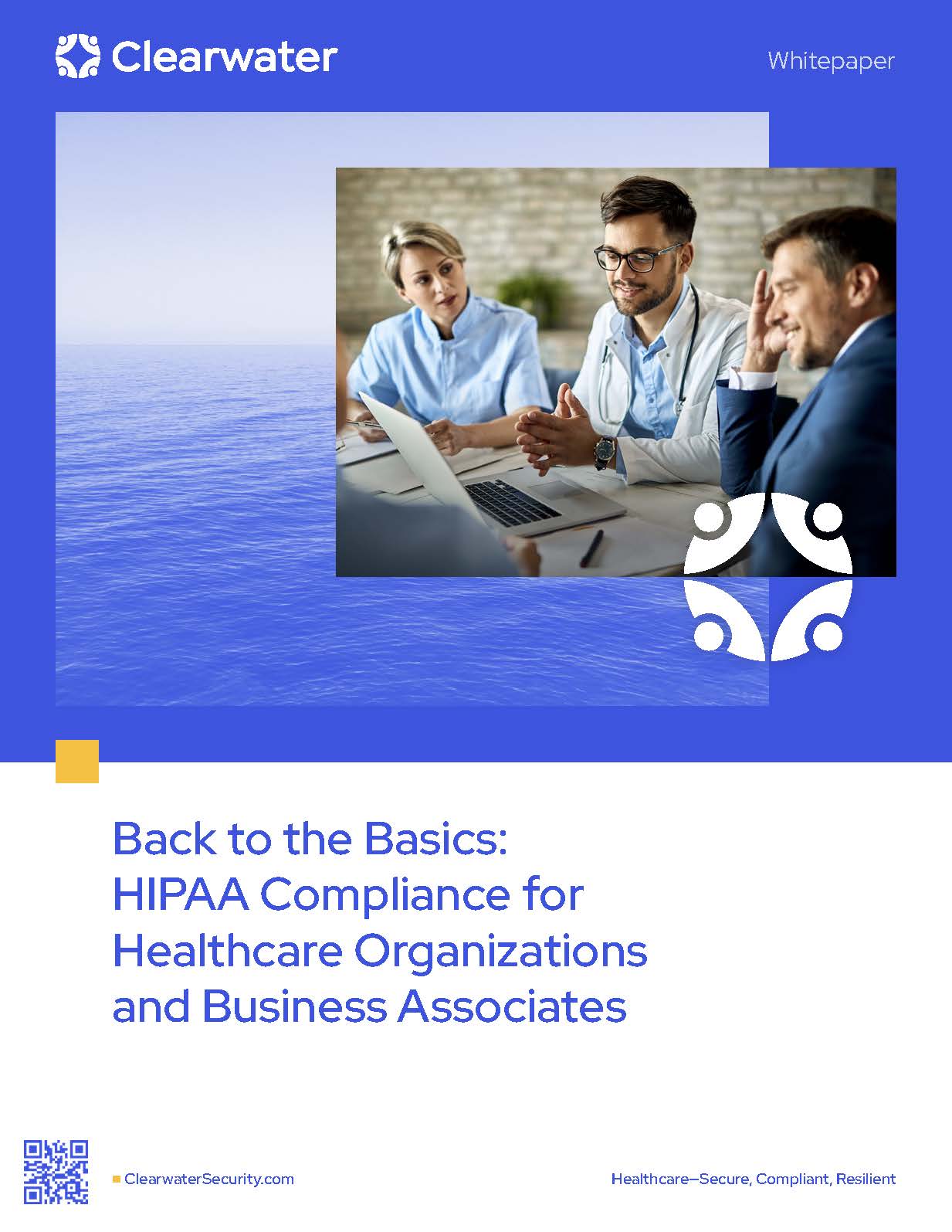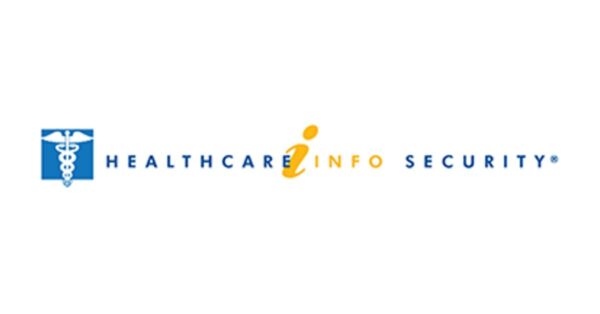Resources
We know you have a lot of questions. That’s why our team has curated top-notch resources to help you along your healthcare cybersecurity and compliance journey.
Our white papers, blog articles, eBooks, and on-demand webinars cover today’s most critical topics in healthcare cybersecurity and compliance. From ensuring you have the basics to knowing how to engage your board productively in your strategy—we offer a wealth of information to explore.

Featured Resource
The history and evolution of HIPAA and what it means for your organization.
Select the Categories
Select the Audiences

Keys to Implementing an OCR-Quality Compliance Program

From the Experts: Lessons Learned to Ace the New Round of HIPAA Compliance Audits

Cyber Assurance in Healthcare: Insights from HITRUST and Clearwater | May 22 @ 12:00 CST

Dykema DSO Conference | July 10 – 12, 2024

ADSO Summit 2024 | June 12 – 15, 2024

HC3 warns of social engineering attacks targeting IT help desks

Utilizing CSF to Manage Cyber Risks

Change Healthcare Attack: Recovery Woes; Lawsuits Pile Up

Change cyberattack serves as wake-up call for healthcare cybersecurity

6 Security Measurement Best Practices Every Healthcare Organization Should Know

4 Things You Need to Know About Health Care Cyberattacks

Beyond CPGs: Developing And Maturing A Cybersecurity Program Based On Recognized Standards And Practices
Contact us to learn more about Clearwater
Get Connected
Sign up to receive our monthly newsletter featuring resources curated specifically to your concerns.

News
Stay up to date with the latest healthcare cybersecurity and compliance news from Clearwater.
